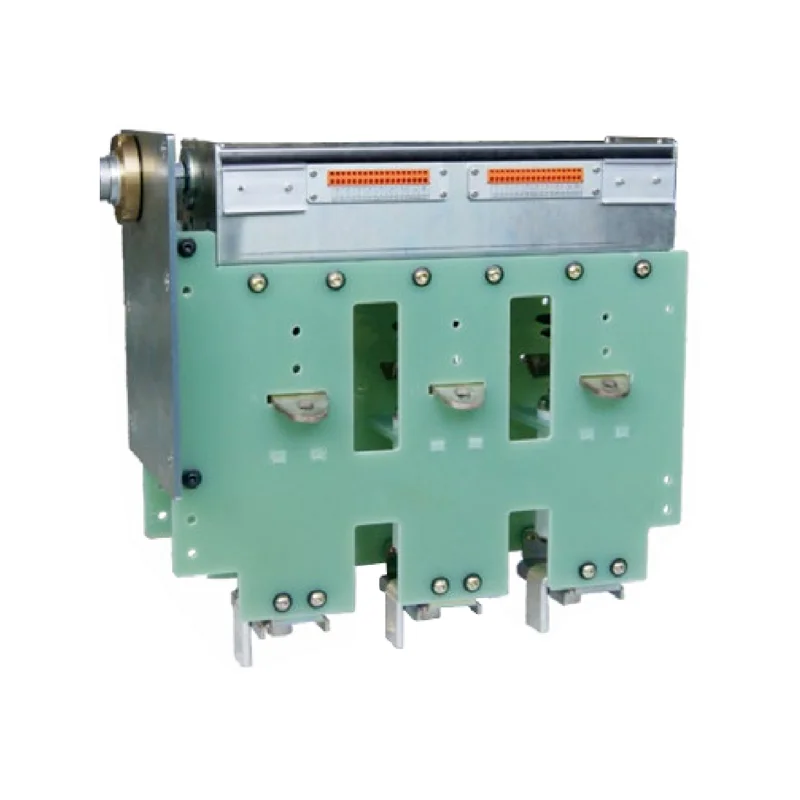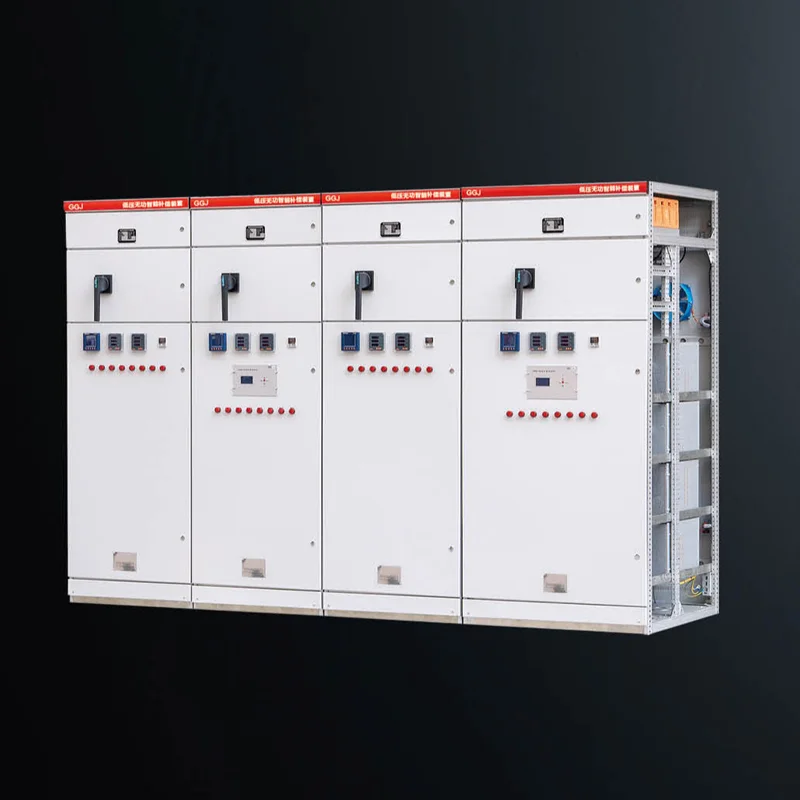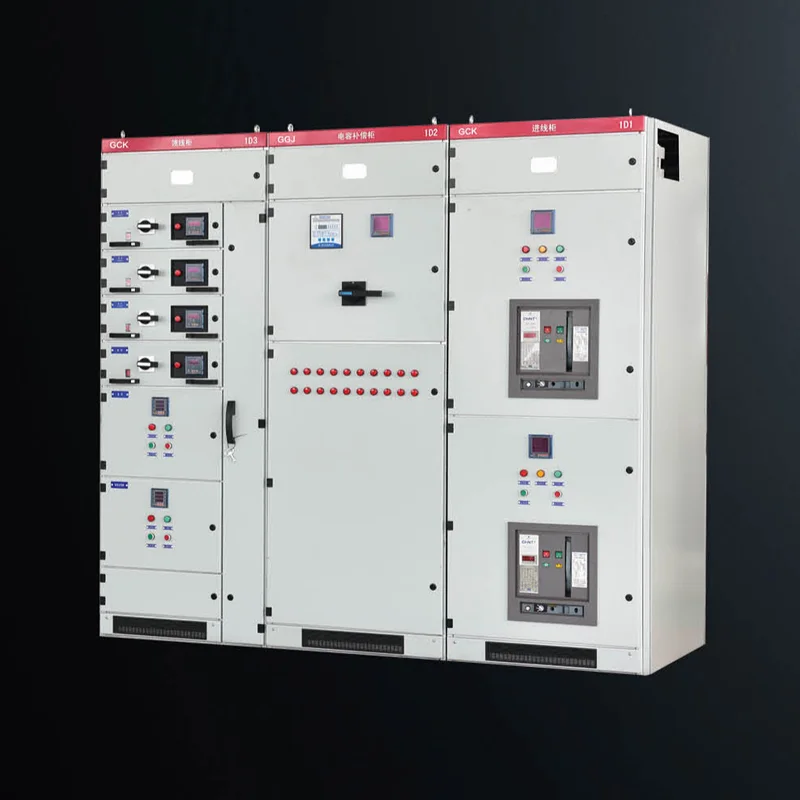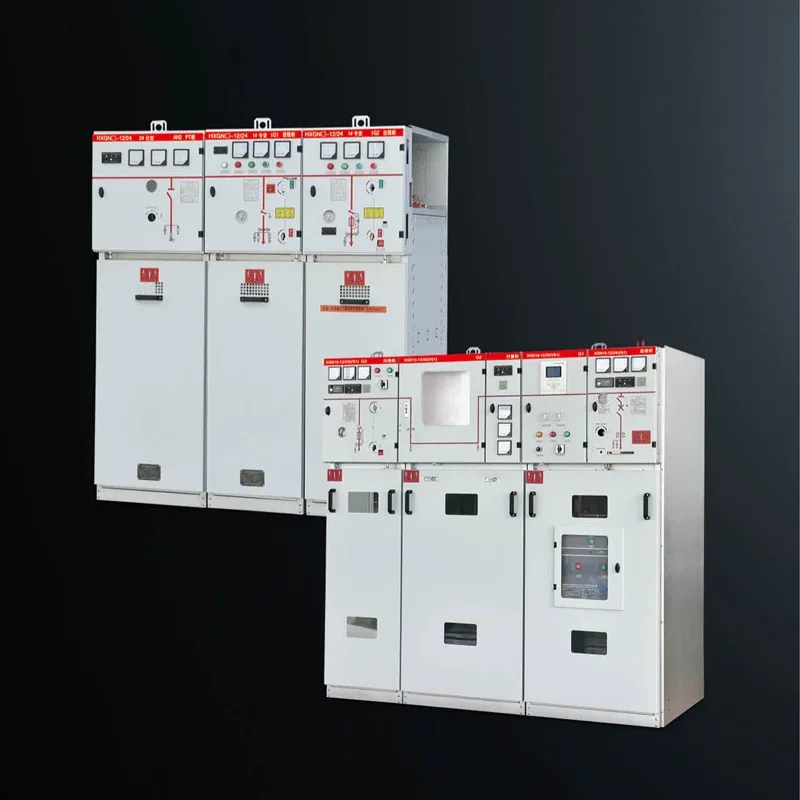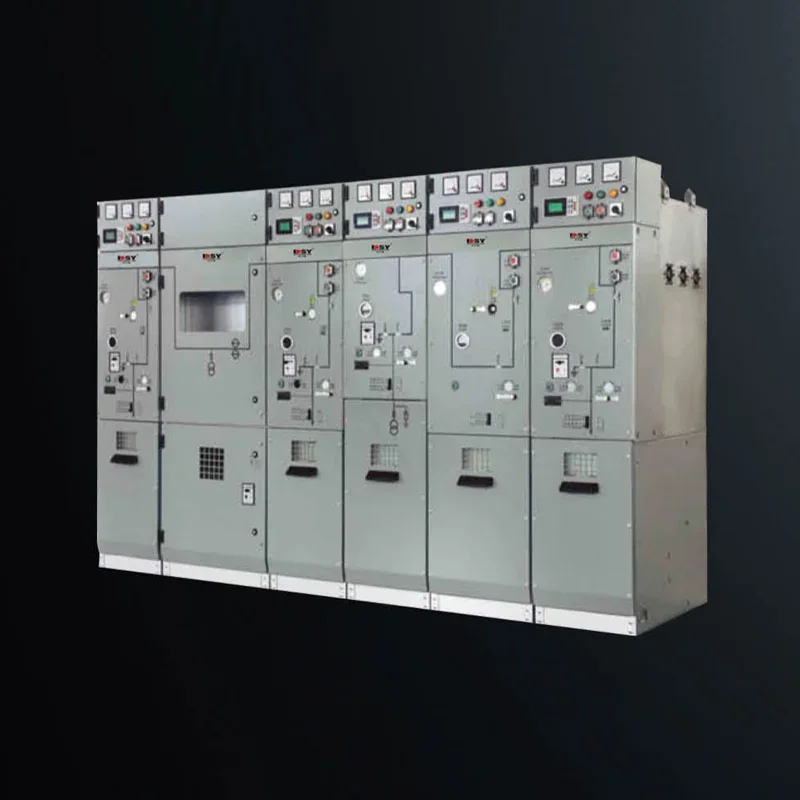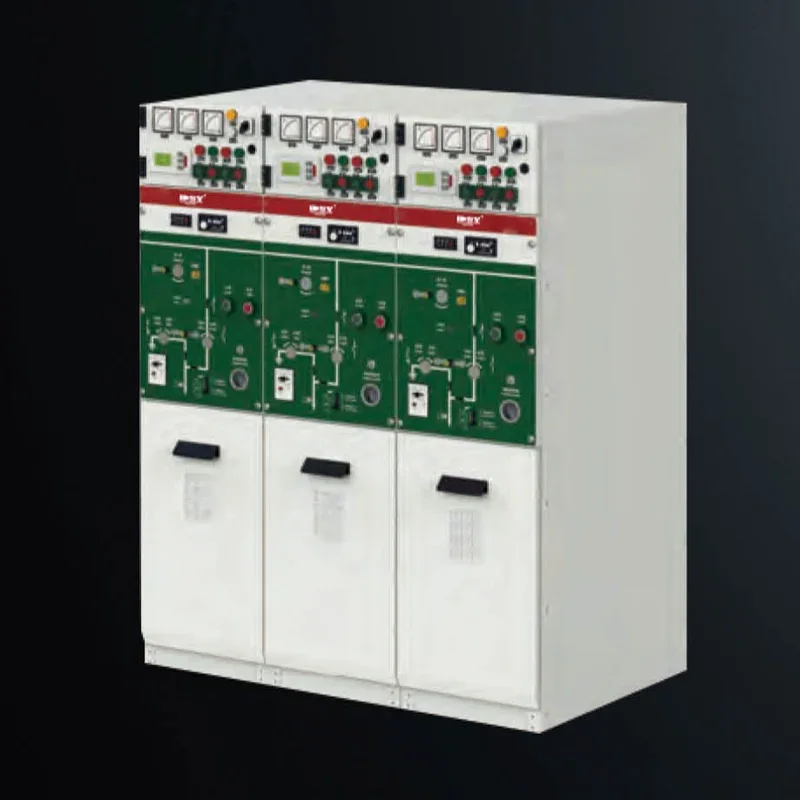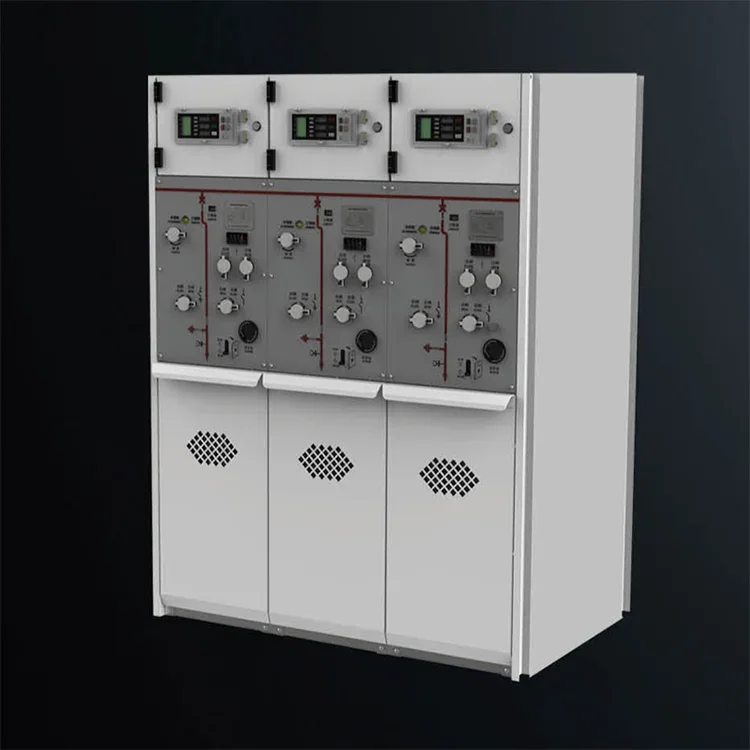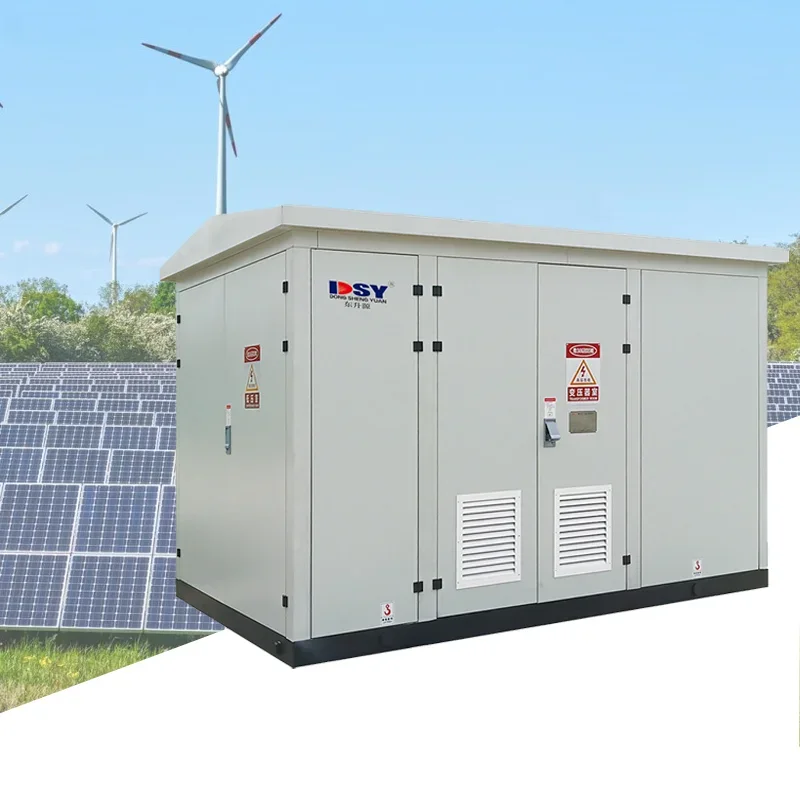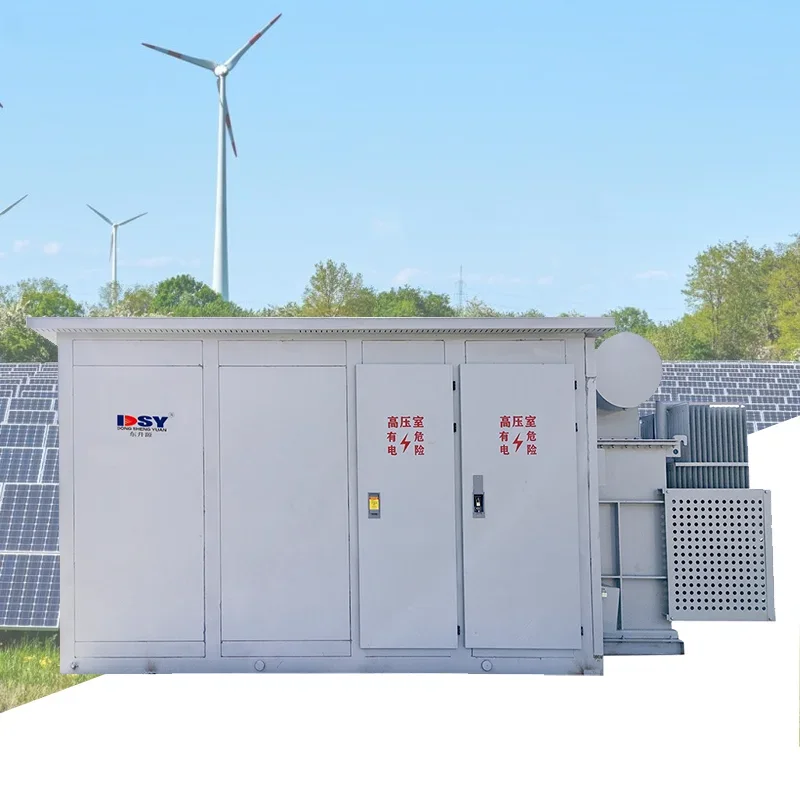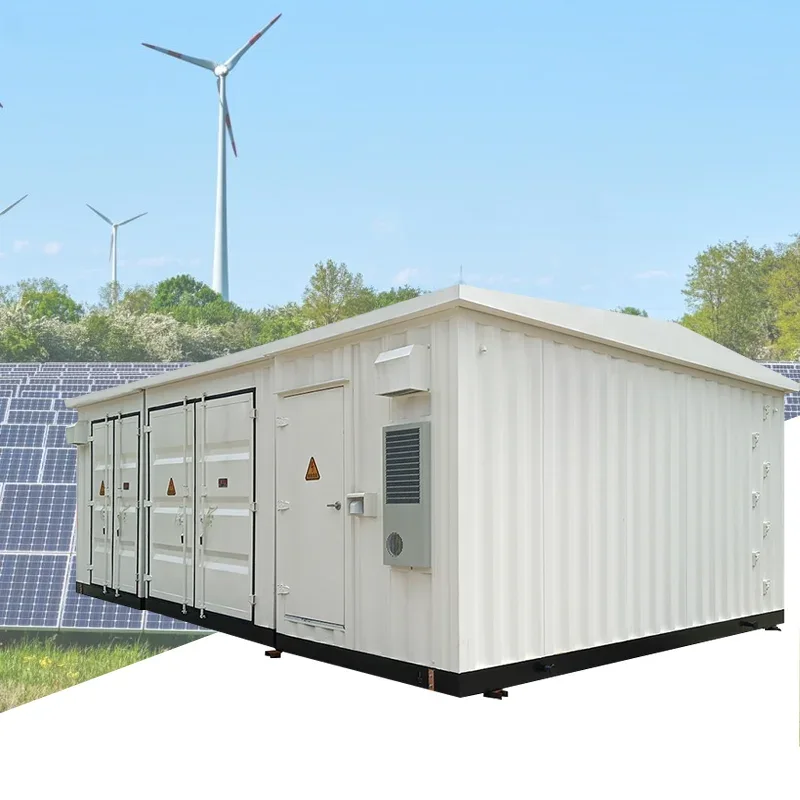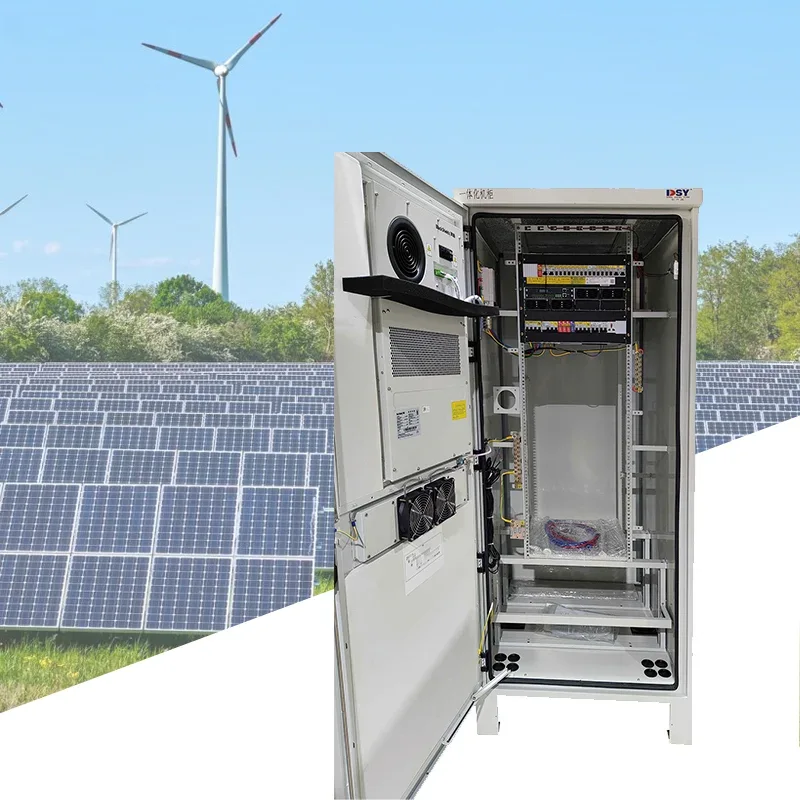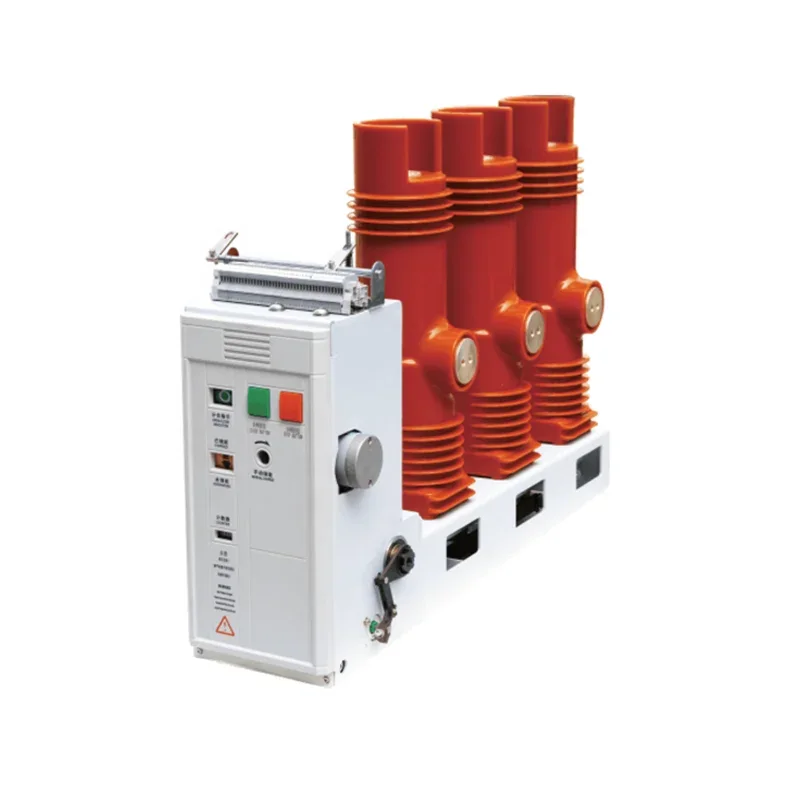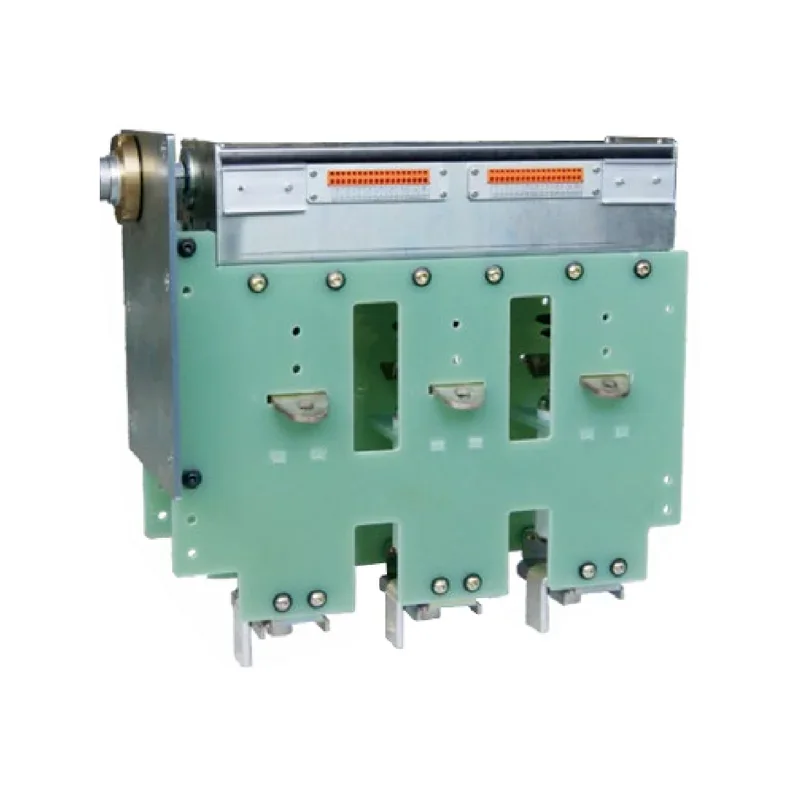Understanding Power Distribution Boxes: Essential Components for Electrical Systems
Power distribution boxes, often referred to as distribution boards or panels, serve as crucial components in electrical systems, managing and distributing electrical power to various circuits within a building or facility. These boxes are designed to protect electrical circuits and ensure efficient power distribution while minimizing the risk of electrical hazards. A power distribution box typical
May 25,2025
A power distribution box typically consists of an enclosure that houses circuit breakers, fuses, and wiring connections. Its primary function is to receive electrical power from a main supply, such as a transformer or generator, and distribute it to various branch circuits. This not only facilitates the safe delivery of electricity but also allows for easy management and control of the power supply.
One of the key benefits of using a power distribution box is the enhanced safety it offers. By containing circuit breakers or fuses, these boxes provide protection against overloads and short circuits, preventing potential fire hazards. Additionally, they often have grounding provisions to ensure that any electrical faults are safely directed to the ground, further enhancing safety for both equipment and personnel.
Another important aspect of power distribution boxes is their contribution to system organization. With multiple circuits consolidated into a single enclosure, it becomes easier to monitor and manage electrical loads. This organization is essential in complex installations, such as commercial buildings or industrial facilities, where numerous circuits need to be controlled and maintained effectively.
When choosing a power distribution box, it’s essential to consider various factors, including the voltage and current ratings of the circuits they will support, the number of circuits needed, and the environment in which they will be installed. For instance, installations in damp or wet environments may require weatherproof boxes to prevent moisture ingress, while those in industrial settings might necessitate robust enclosures to withstand harsh conditions.
Proper installation and maintenance of power distribution boxes are critical for ensuring their longevity and operational reliability. Regular inspections should be carried out to check for signs of wear, corrosion, or damage. Additionally, ensuring that the connections are tight and that circuit breakers are functioning correctly can prevent unexpected power outages and equipment damage.
In summary, power distribution boxes play an indispensable role in electrical systems by managing and distributing electrical energy safely and efficiently. Understanding their function, benefits, and best practices for installation and maintenance can help ensure a more reliable and safe electrical infrastructure. Whether you are an electrical professional or a building manager, familiarizing yourself with power distribution boxes will enhance your ability to maintain an effective electrical system.
PREVIOUS:
Related News
The difference between circuit breakers and vacuum circuit breakers
Circuit breaker is an abbreviation for pole type circuit breaker. Circuit breakers are also vacuum circuit breakers
Voltage regulators are required for various places that require voltage control, such as controlling lighting

